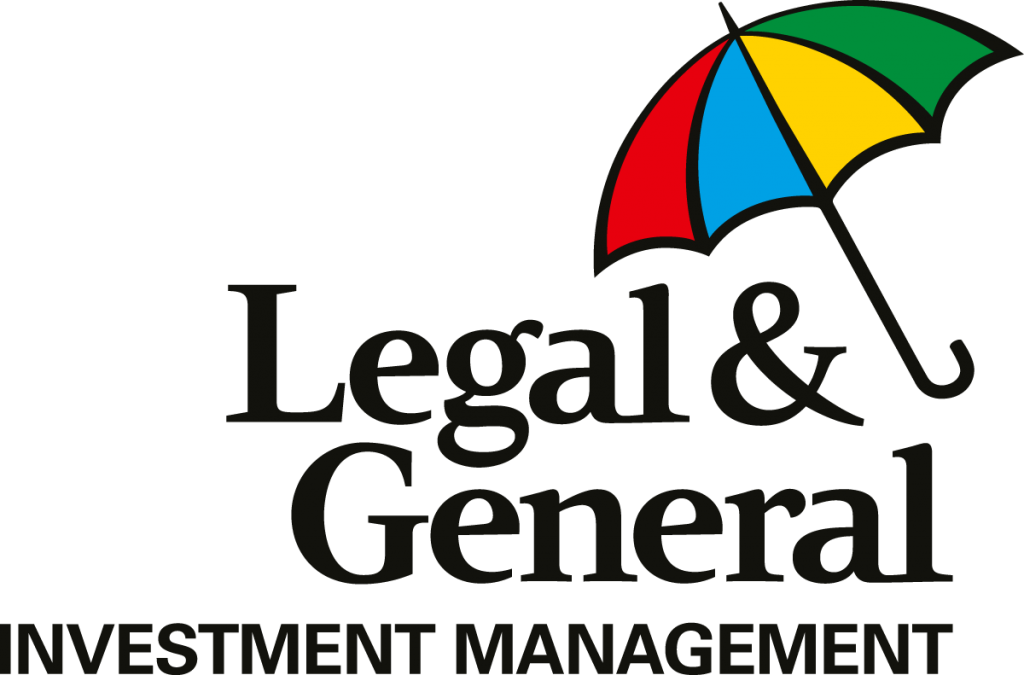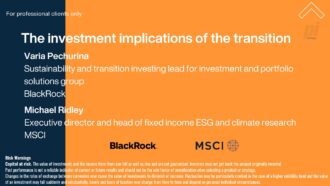
- Stuart Hitchcock, head of portfolio management, private credit
- Amie Stow, senior investment specialist, private credit
- Samuel Jones, private credit fund manager
As activity in public credit markets has oscillated across our screens, private credit markets have been largely overlooked. In our view, this is an oversight for investors as we believe the attributes associated with private debt become more valuable during periods of uncertainty. We advocate that a portfolio of secure income assets – real estate debt, private (unlisted) corporate debt and infrastructure debt, collectively referred to as private credit – can deliver better downside protection, attractive valuations and a depth of universe that is not available in the public market. We also outline where we see opportunities to generate a positive return and a positive outcome for society as the economy starts to heal from Covid-19.
Better downside protection
Seniority in the capital structure, security and stringent covenants enables private credit to demonstrate higher recovery rates, on average, than public credit¹. With market uncertainty due to the global pandemic we believe these features have grown more valuable to investors. For example, the majority of secure income assets are senior in the capital structure and the documentation ensures that we preserve that position, meaning that if the borrower falls into distress and even bankruptcy, we should have an advantageous position relative to other investors. Security can also be beneficial. For example, having tangible claims on physical assets, such as property, will typically provide higher recovery values than debt secured against intangible assets.
Covenants are obligations to maintain certain credit metrics or restrictions on incurring further debt and are designed to protect end investors. As private investors, these enable us to engage and work with the borrower towards a positive outcome for our investors and themselves. Over the short term, we expect some borrowers to breach covenants prompting them to ask for an amendment or a waiver of the restrictions for a certain length of time. The benefit of the private market in these situations is that we should be able to take earlier action without having to make it public knowledge, preventing other stakeholders getting involved and allowing us to maintain value.
A study by the Society of Actuaries demonstrated that on average, recoveries are twice as good1 for superscript private credit compared to rated public credit. Given the disruption to most company’s business models as a result of Covid-19, structural protections should provide investors an additional layer of comfort relative to publicly-traded debt securities and are likely to be more valuable during such periods of uncertainty.
Attractive valuations
At the time of writing, investment grade public credit spreads are roughly 70bps² wider since the start of the year. As a result of data limitations in private credit, the re-pricing is not as transparent and will vary considerably by sector and underlying asset quality. What we believe will hold true is the roughly 55bps³ long-run average premium that private credit commands over public credit. This premium is not static and can range anywhere from 30bps to 120bps depending on the features of the transaction as well as the market environment. Typically, this premium is associated with the illiquidity of the asset class and the corresponding lack of transparency. However, as we have seen in recent weeks, liquidity has been challenging for public credit and has not always been there when investors have needed it. We argue that, over the life of the asset, the premium also reflects the value added by the structural protections as discussed above. As a result, when pricing a private security, we take a public credit spread, add an illiquidity premium and adjust for the lower expected loss given default, or add a ‘structural premium’.
In our view, rates will remain ‘lower for longer’ over the medium term as the global economy recovers from Covid-19, which should cause investors to continue to favour income producing assets. While we expect the private and public markets to move in the same direction, we will be looking to take advantage of any dislocations in long-run premium to selectively increase exposure in this asset class.
Depth of universe
While the US private and public credit markets have been very active over the past couple of months, hitting record bond issuance, the UK market has been more muted. We expect it to follow suit once some market confidence returns and this will mean that there are substantial financing needs in the private markets, especially as banks may not be as willing or able to lend. For example, in private corporate debt, we have already received calls from large public companies that would not traditionally issue in the private space.
In our view, this gives investors an opportunity to increase diversification in their portfolios, taking advantage of the breadth of private sectors versus publics. In addition, we believe investors will be able to access scarce high-quality assets such as higher education institutions, which are likely to issue debt in the short to medium term. Looking further ahead, we also expect opportunities in BB-rated credits. Here, structural protections may provide a safer entry point into credits where fundamentals are weaker. Greater access to management means we are often better able to diligence the recovery plan the borrowing entity is seeking to put in place and create value for our clients as a result.
Opportunities post Covid-19
Private (unlisted) corporate debt
Private markets remain open, offering funding without the same execution risk that can exist in public markets. Our focus will remain on companies which we believe have a defensive business model, robust capital structure and access to sufficient liquidity to see them through short term disruption. We expect opportunities from utilities, housing associations and higher education institutions.
Infrastructure debt
Transport has been in the spotlight as rating agencies have been quick to react (for example, airports) due to the significant impact on passenger movements. More broadly, most operational assets have strong liquidity positions, particularly those providing essential services to the economy. We expect opportunities from renewables (wind and solar) and digital (fibre and data centres).
Real estate debt
Due to Covid-19 large transactions have either been pulled or suspended dampening the debt pipeline. Retail and leisure will see opportunities in the distressed space, but this is not an area of focus for us. In our view, opportunities will be greatest in industrials (distribution and logistics), offices in core locations and the private rented sector.
- 1) Society of Actuaries 2003-15 Credit Loss Experience Study: Private Placement Bonds. Recovery reported on an unadjusted basis
- 2) Bloomberg, sterling investment grade credit spreads. 11th May 2020.
- 3) Average value premium at purchase versus a basket of comparable bonds for all deals conducted by LGIM Real Assets 2015-2019. The figures shown relate to past performance. Past performance is not a reliable indicator of current or future results and should not be the sole factor of consideration when selecting a product or strategy




